Discover the Magic of Takayama Old Town: A Step Back in Time

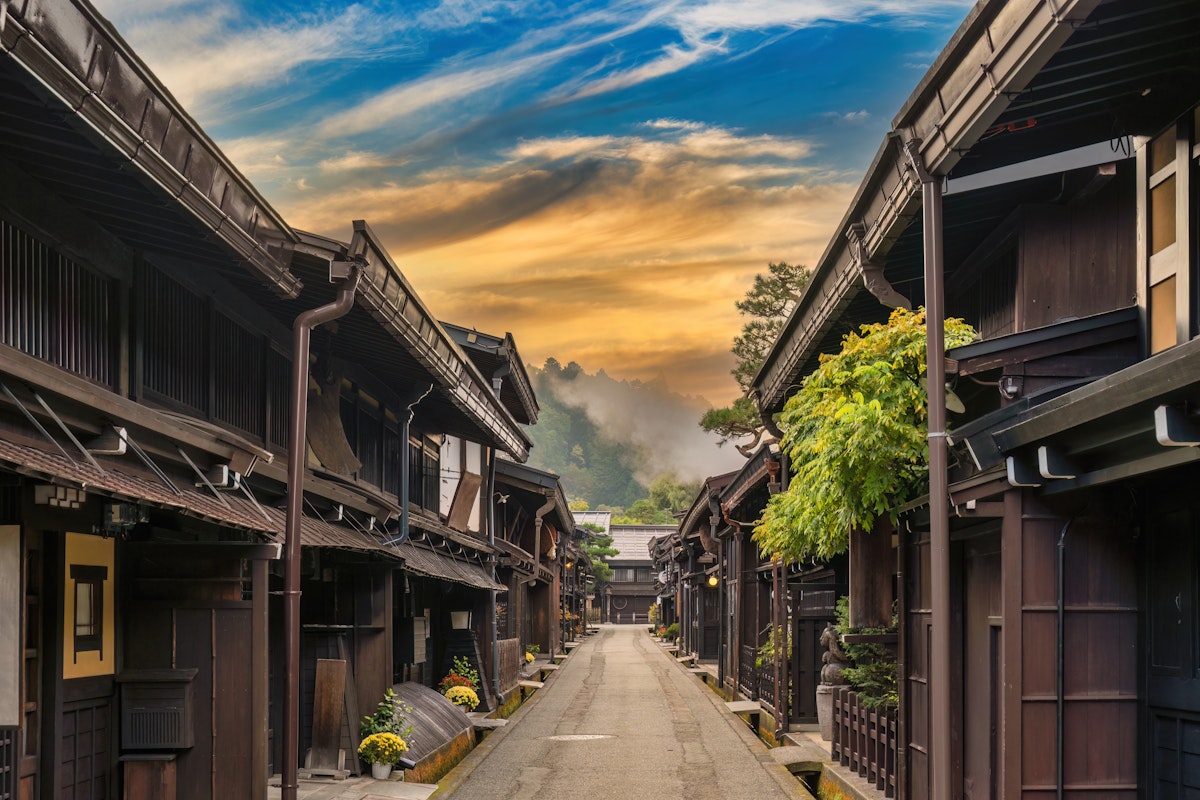
Takayama Old Town is located in the high mountains of Gifu Prefecture and offers visitors a rare glimpse into Japan's bygone era. With its beautifully preserved Edo-period streets, wooden buildings, and charming sake breweries, this town is often called "Little Kyoto."
Whether you're a history enthusiast or simply looking to explore traditional Japanese culture, visiting Takayama promises an enchanting experience. From its iconic Takayama Jinya, a historic government building from the Tokugawa Shogunate, to the bustling Takayama Morning Markets, this quaint town effortlessly blends history with vibrant daily life.
Let's take a step back in time and explore the magic of Takayama Old Town.
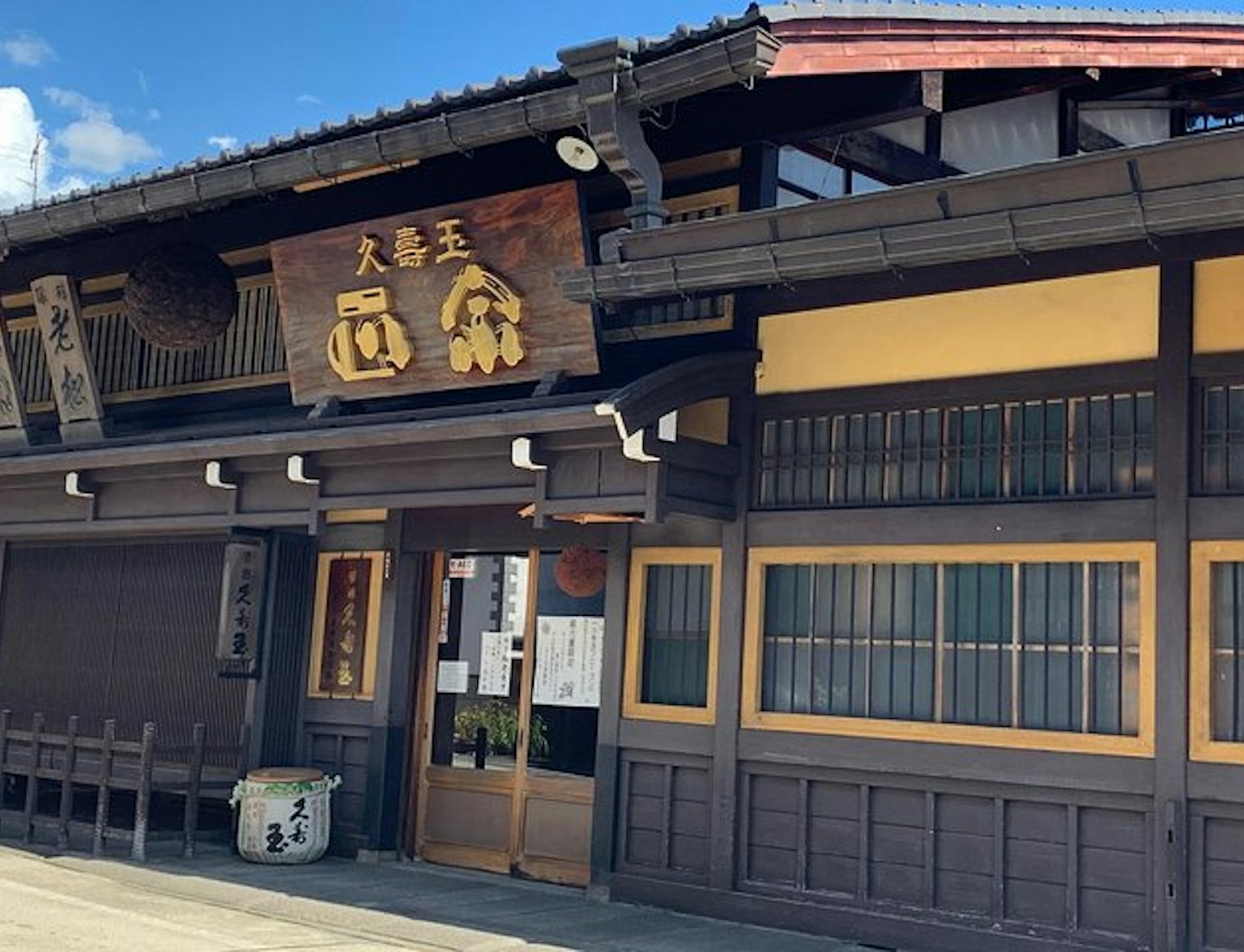
Discover the rich history and flavors of Takayama on a unique brewery tour!
History of Takayama Old Town
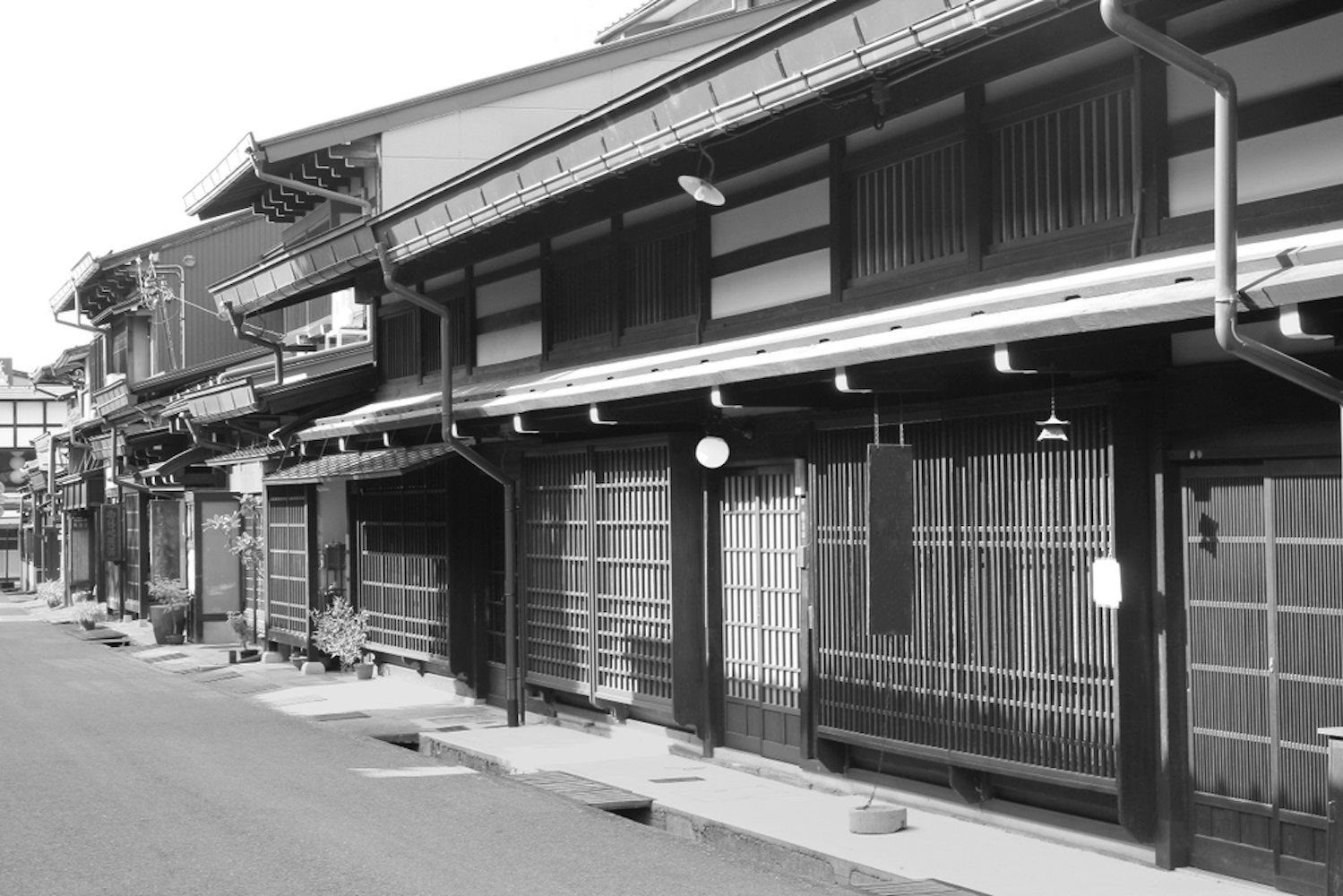
Takayama's history dates back to the Edo period when it served as a prosperous castle town. Known for its direct control by the Tokugawa Shogunate, the city became a center for merchants, artisans, and sake breweries.
Its historical architecture has remained well-preserved over centuries, with many original buildings still standing today. As you walk along the three main streets, you'll encounter intricate carvings on the facades of shops and houses, showcasing the craftsmanship of the time.
Visitors to Takayama are often struck by its serene atmosphere, which makes them feel like they've been transported to another era. The town's rich heritage is reflected in its many museums, traditional music performances, and the famous Takayama Matsuri, one of Japan's most iconic festivals.
Takayama Old Town Museum

For those interested in diving deeper into the region's history, the Takayama Old Town Museum is a must-visit. This museum offers a comprehensive overview of the town's past, from its days as a bustling castle town to its prominence under the Tokugawa Shogunate.
Exhibits showcase local crafts, traditional Japanese tools, and even mechanical dolls, giving visitors a detailed look at the town's evolution. Nearby, the Fujii Folk Craft Museum and the Yoshijima Heritage House offer further insights into Takayama's unique cultural legacy.
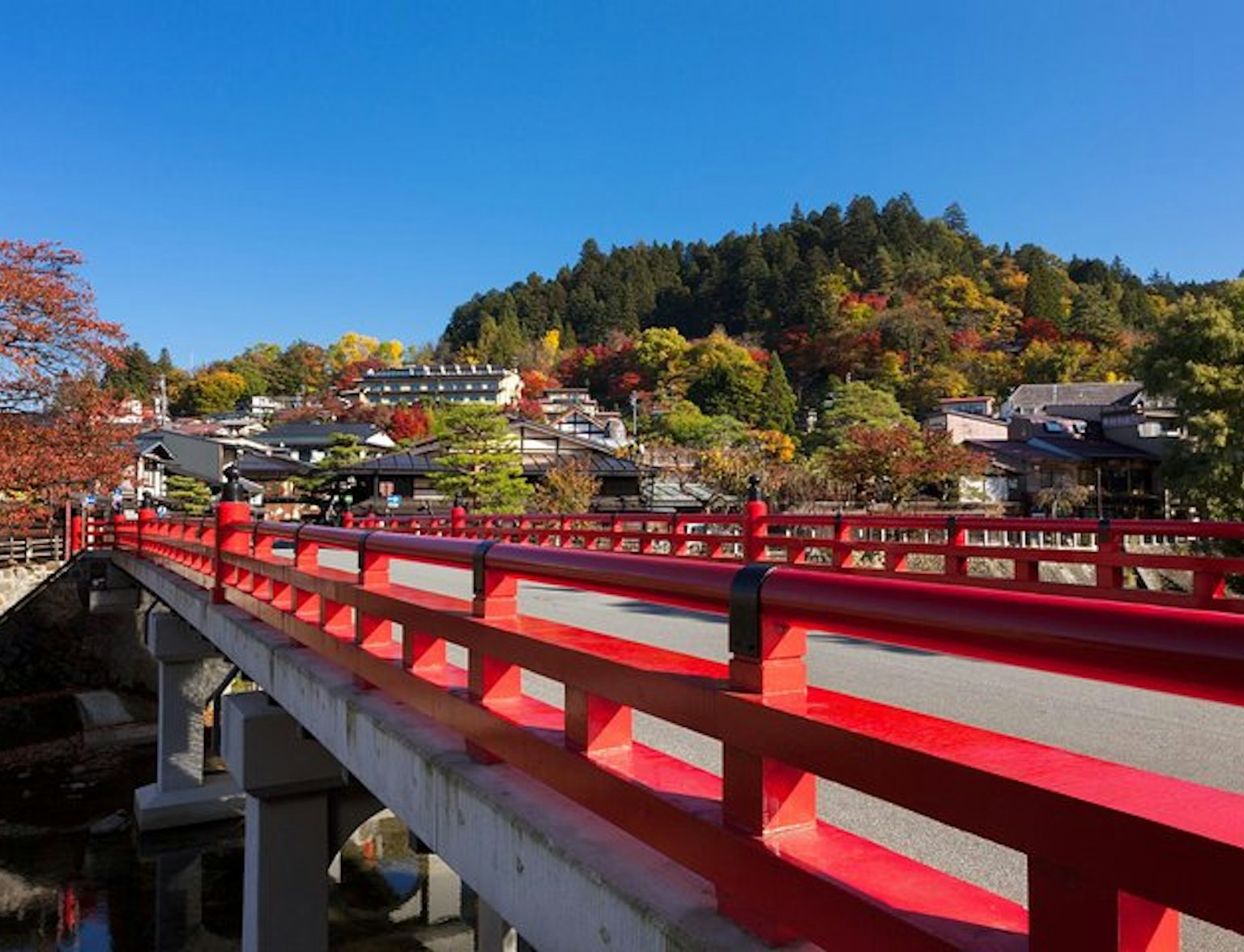
Embark on an exciting journey through the rich history and culture of Takayama's old town!
Takayama Old Town Opening Hours
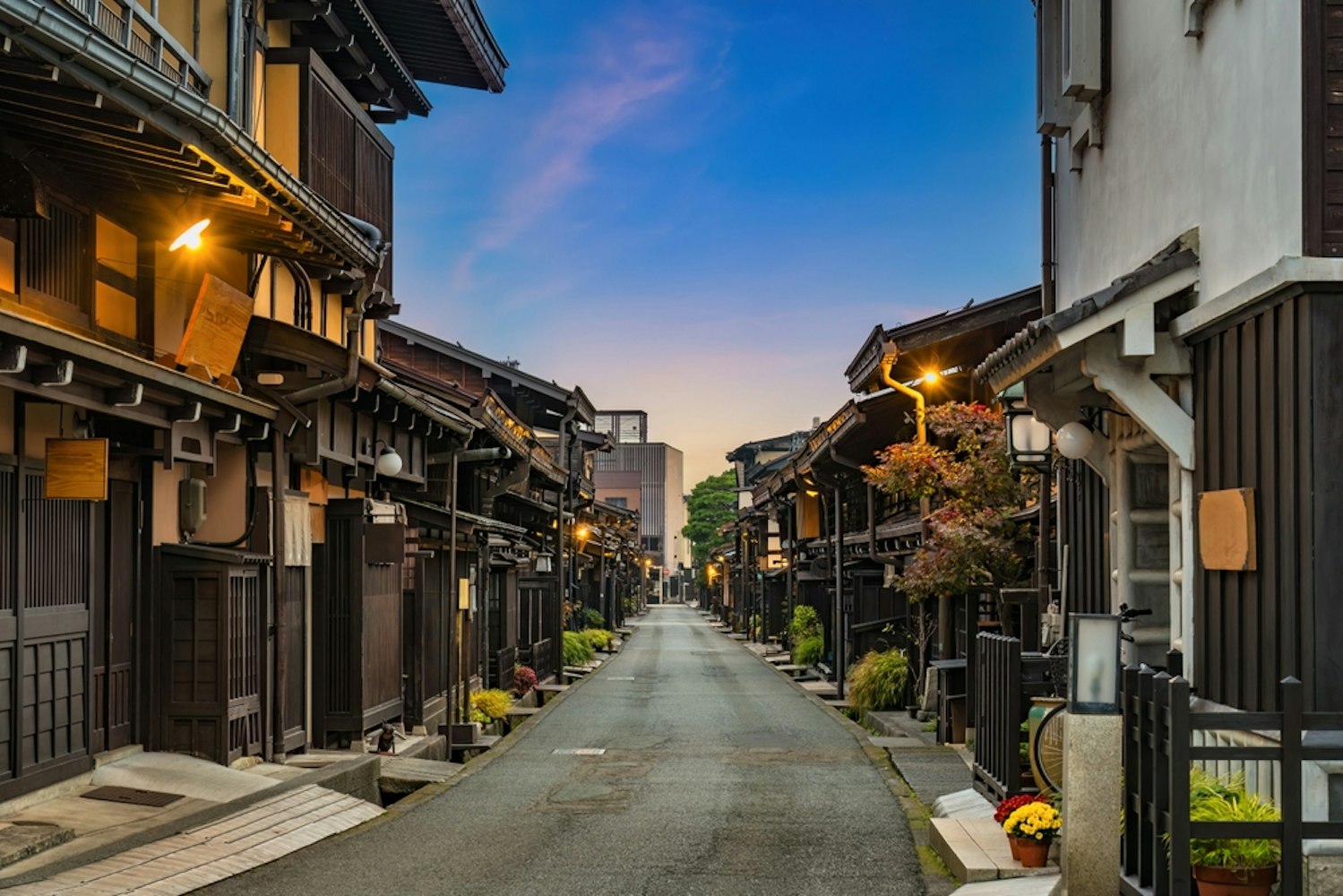
Knowing the opening hours is essential for visiting Takayama Old Town. Generally, the shops and museums in the area open around 9 AM and close by 5 PM, though specific timings can vary depending on the season.
The Takayama Morning Markets, which occur along the Miyagawa River and at the Takayama Jinya, typically begin at 6 AM and run until noon. These markets are perfect for early risers who enjoy local specialties such as hoba miso, locally brewed sake, and rice balls.
Foods to Try There
Takayama is famous for its local cuisine, which blends regional ingredients with traditional Japanese flavors. Here are some must-try dishes:
Hida Beef
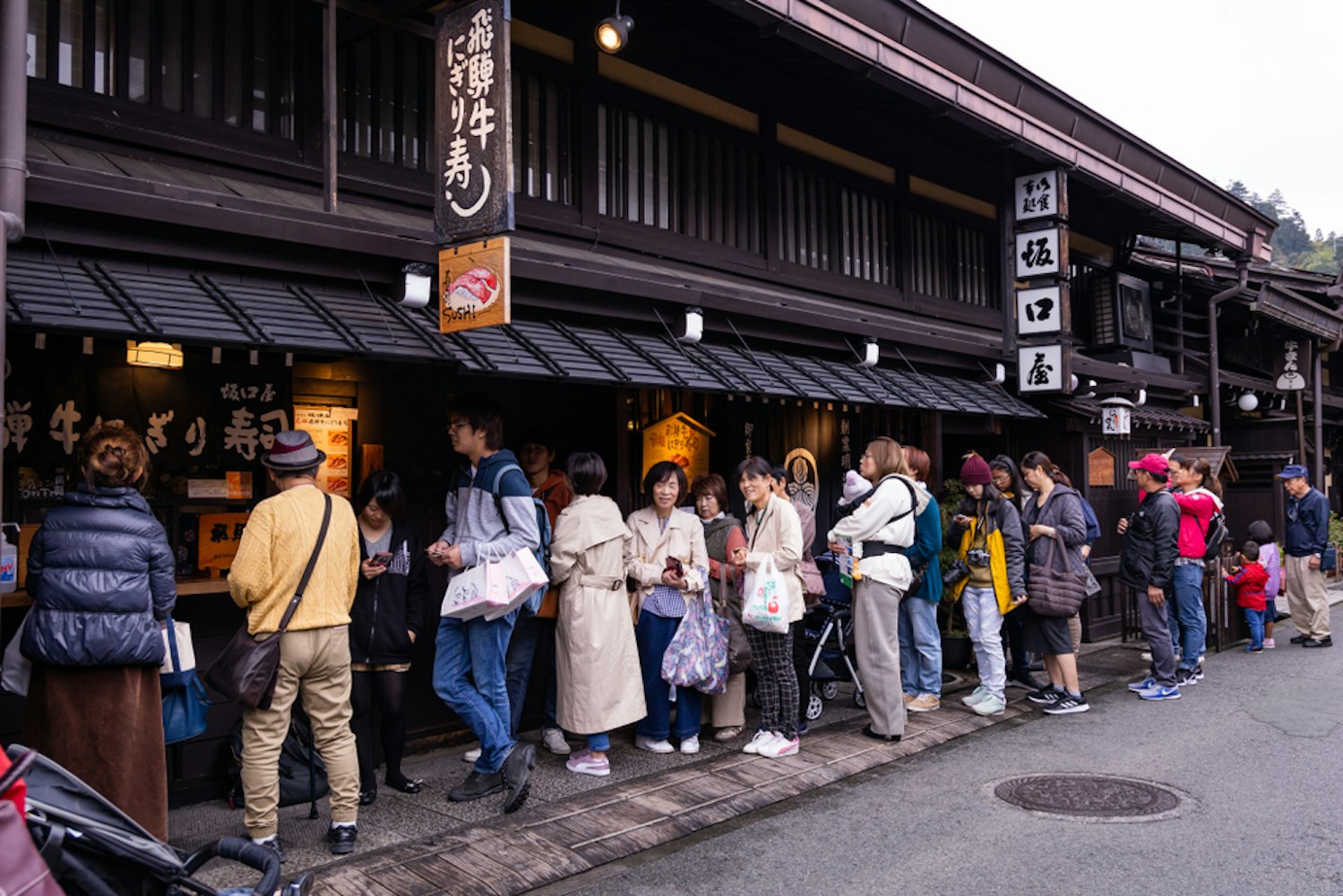
Hida beef is renowned for its exceptional quality, characterized by its fine marbling, tender texture, and rich buttery flavor. This premium wagyu, raised in Gifu Prefecture, undergoes a strict certification process to ensure its high standard, making it one of the most sought-after delicacies in Japan.
The cattle are nurtured in pristine environments, benefiting from pure water, clean air, and seasonal climate variations, contributing to the meat's melt-in-the-mouth sensation. Whether enjoyed as steak, sukiyaki, or grilled with hoba miso, Hida beef offers a gourmet experience that rivals even Kobe beef.
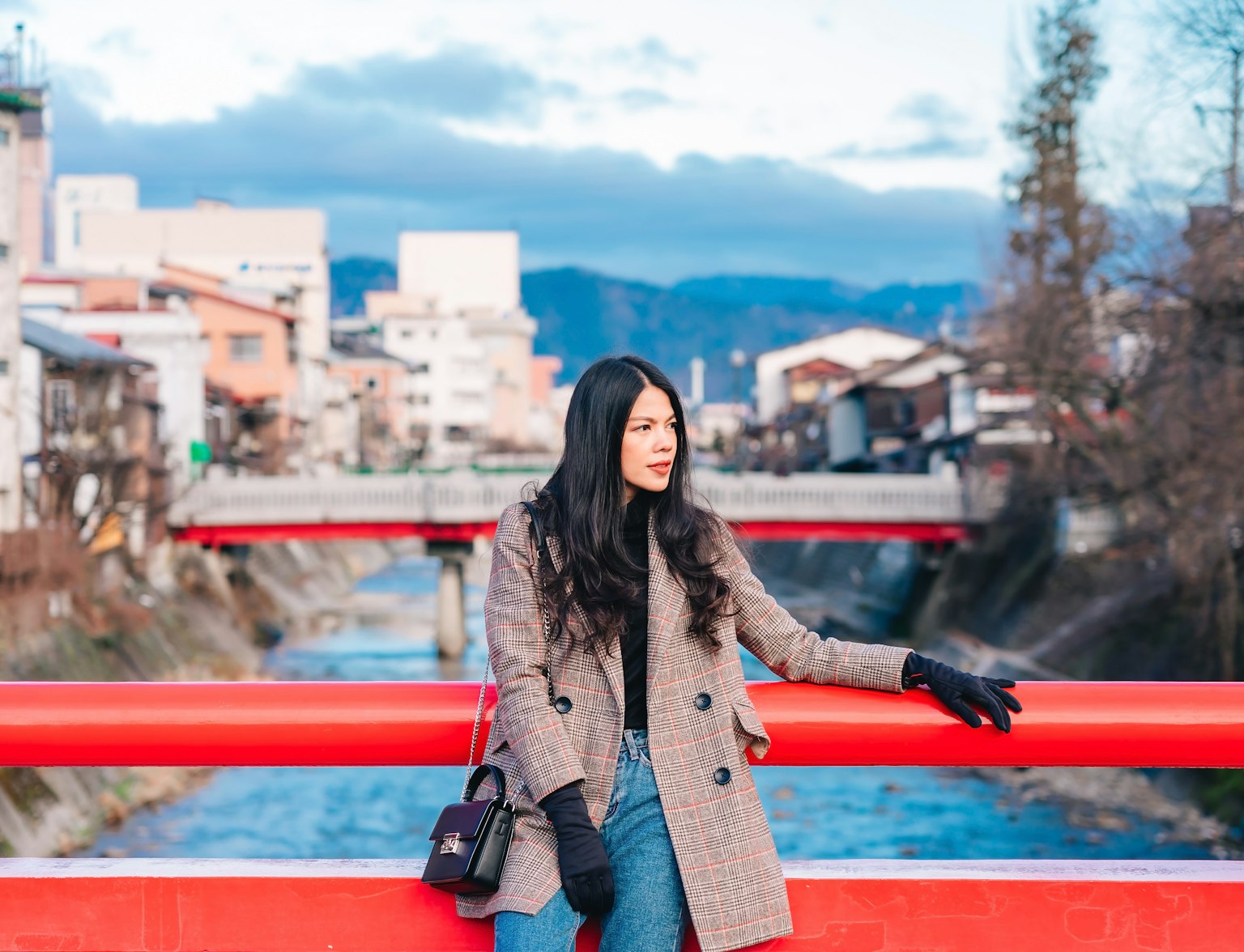
Experience the charm of Hida Takayama with our exclusive tour!
Hoba Miso
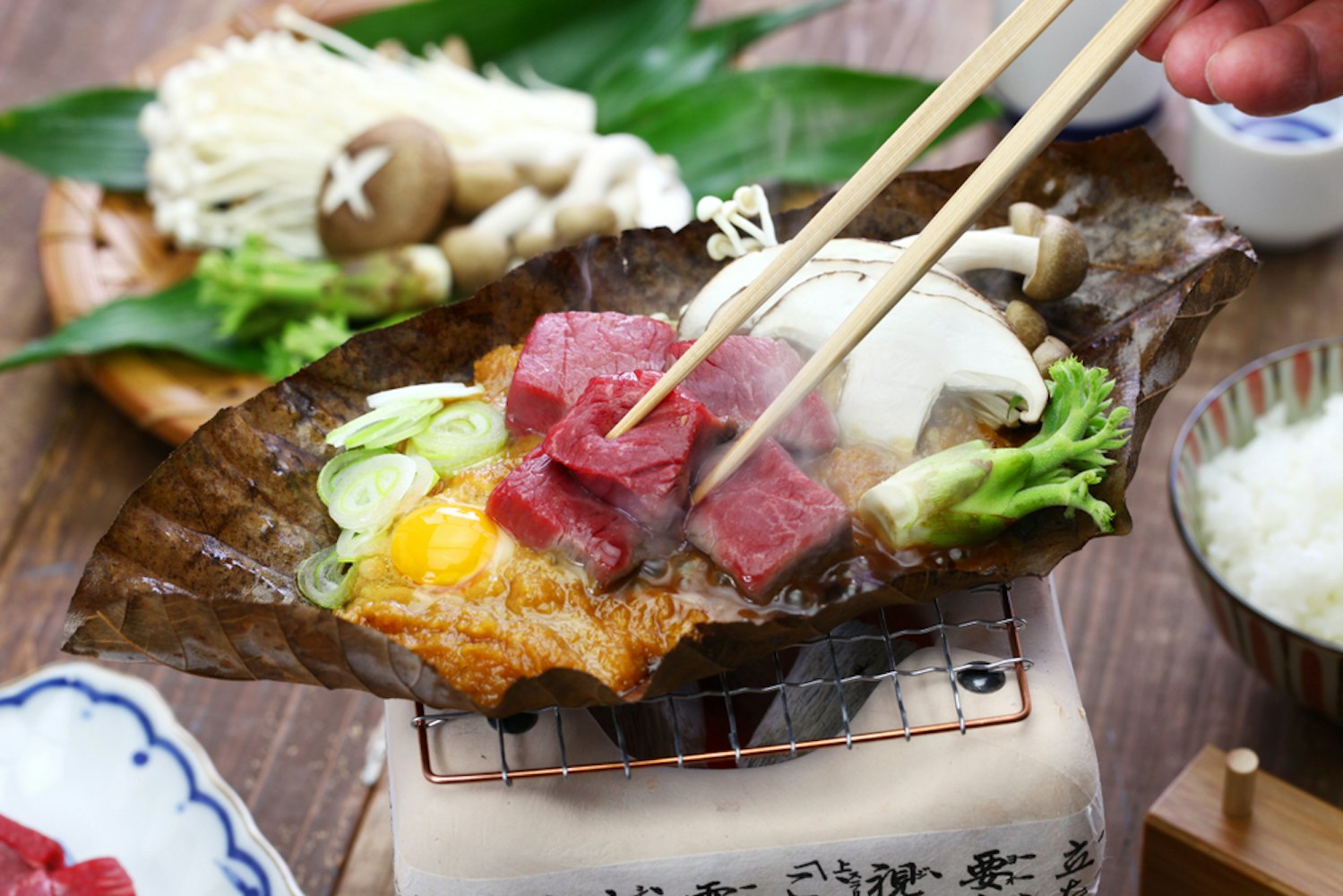
Hoba Miso is a must-try dish when visiting Takayama Old Town. This traditional meal features miso paste, often mixed with sake and sugar, which is spread on a dried magnolia leaf and grilled.
The miso is typically paired with various vegetables, including mushrooms and green onions, creating a smoky and savory aroma as it cooks. The magnolia leaf imparts a unique fragrance to the dish, making it flavorful and visually captivating.
Takayama Ramen
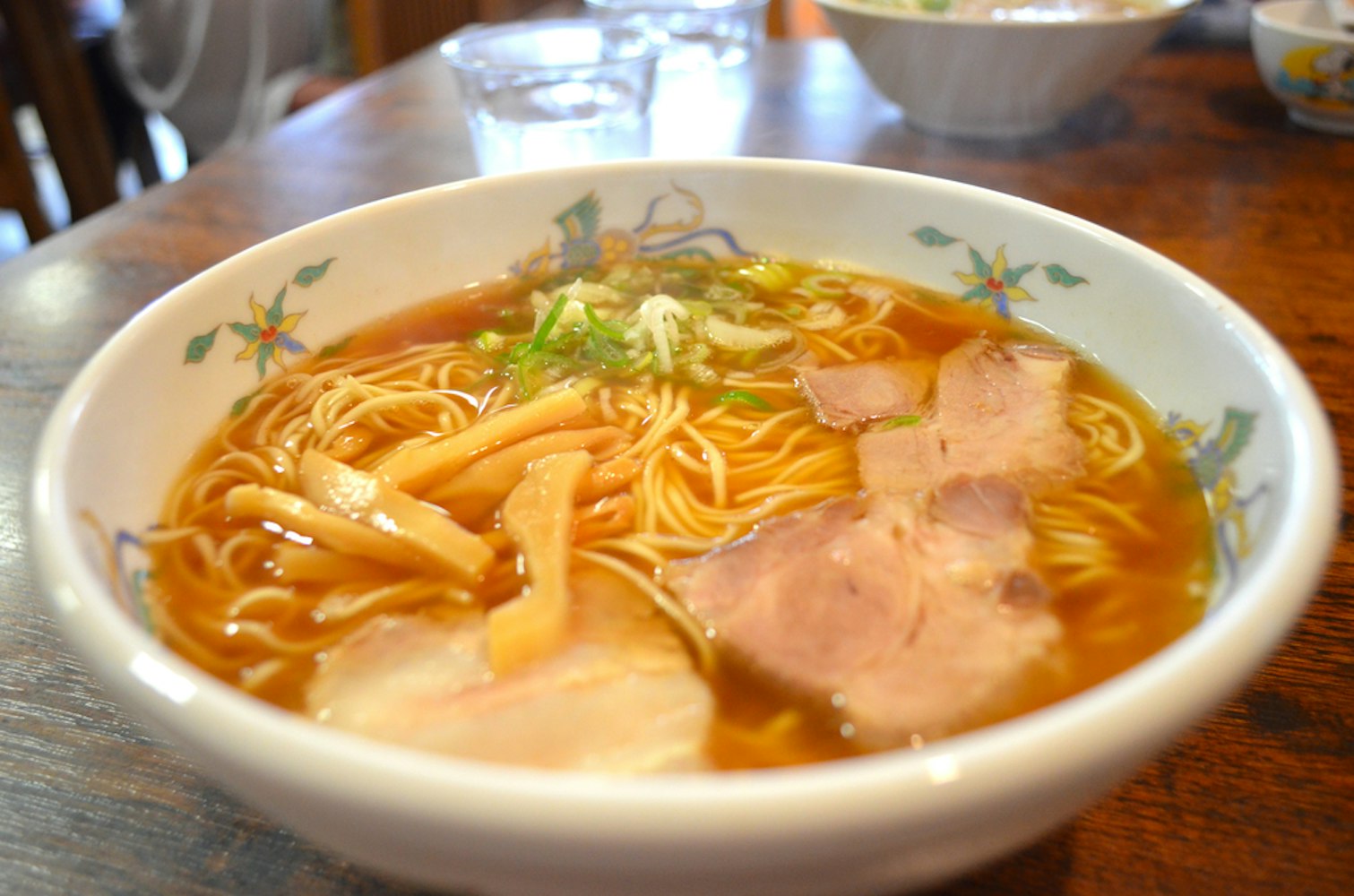
Takayama Ramen is a delightful local specialty unique to the Hida Takayama region of Japan. Unlike other types of ramen found across the country, Takayama Ramen features a light yet flavorful soy-based broth made with dried bonito flakes and chicken bones, creating a deep umami flavor.
The dish is traditionally served with thin, curly noodles and slices of chashu pork, bamboo shoots, and Hida Negi green onions, adding a savory depth to each bite. Takayama Ramen's balance of simplicity and complexity sets it apart, making it a must-try for anyone visiting the area.
Locally Brewed Sake

Every visit to Takayama is complete with trying sake from one of the many traditional sake breweries. Takayama is renowned for its high-quality sake, which is made from pristine mountain water and premium rice.
The town's sake brewing tradition dates back over 300 years, and many original breweries, such as Harada and Hirase, still operate today. These breweries often hang sugidama (cedar balls) outside their doors, signaling the stages of sake fermentation.
Visitors can enjoy sake-tasting tours at these historical breweries, sampling a variety of brews, from dry kara-kuchi to sweeter styles like ama-kuchi.
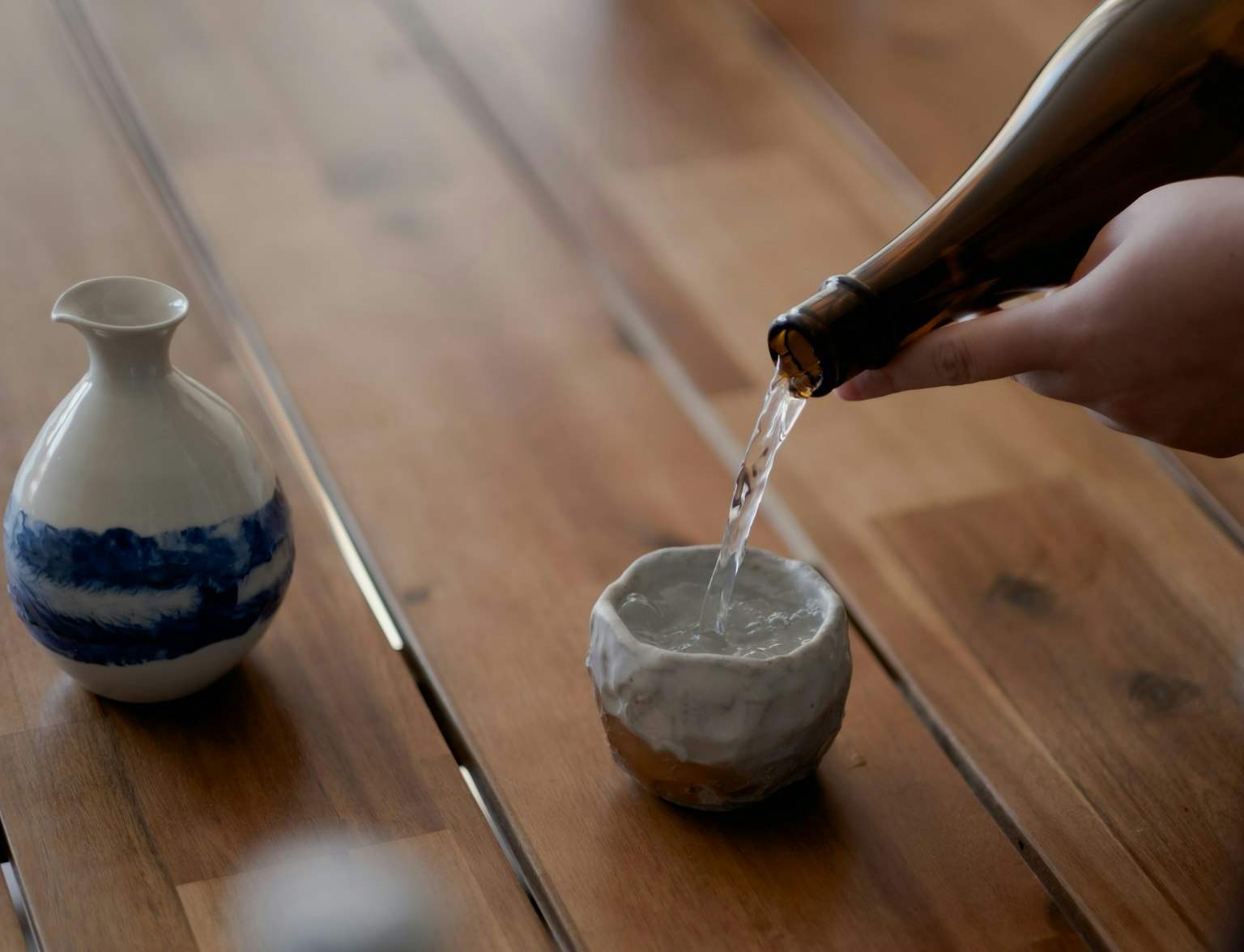
Join us for a sake-tasting adventure in Takayama.
Rice Balls and Rice Crackers

Rice balls and crackers are popular snacks at Takayama's Miyagawa and Jinya-mae Morning Markets. These stalls offer visitors an authentic taste of local cuisine, with rice balls providing a savory, hearty snack and rice crackers showcasing a delightful crunch, often baked on-site.
Baking rice crackers at the market is a unique experience where visitors can witness their transformation firsthand. Both snacks make perfect on-the-go treats while you explore the vibrant atmosphere and traditional streets of Takayama Old Town.
Tips Before Going There
Visit the Morning Markets Early: To get the freshest produce and best local snacks, head to the Takayama Morning Markets around 6 AM.
Wear Comfortable Shoes: The streets of Takayama Old Town are best explored on foot, so bring comfortable walking shoes for a pleasant experience.
Check the Festival Calendar: If you're visiting during the Takayama Matsuri, expect large crowds and the opportunity to witness traditional Japanese music and beautifully crafted festival floats.
Bring Cash: While some shops accept cards, many smaller stores and market stalls prefer cash.
Explore Nearby Attractions: Consider taking a short trip to the Hida Folk Village or Shirakawa-go, both easily accessible from Takayama.
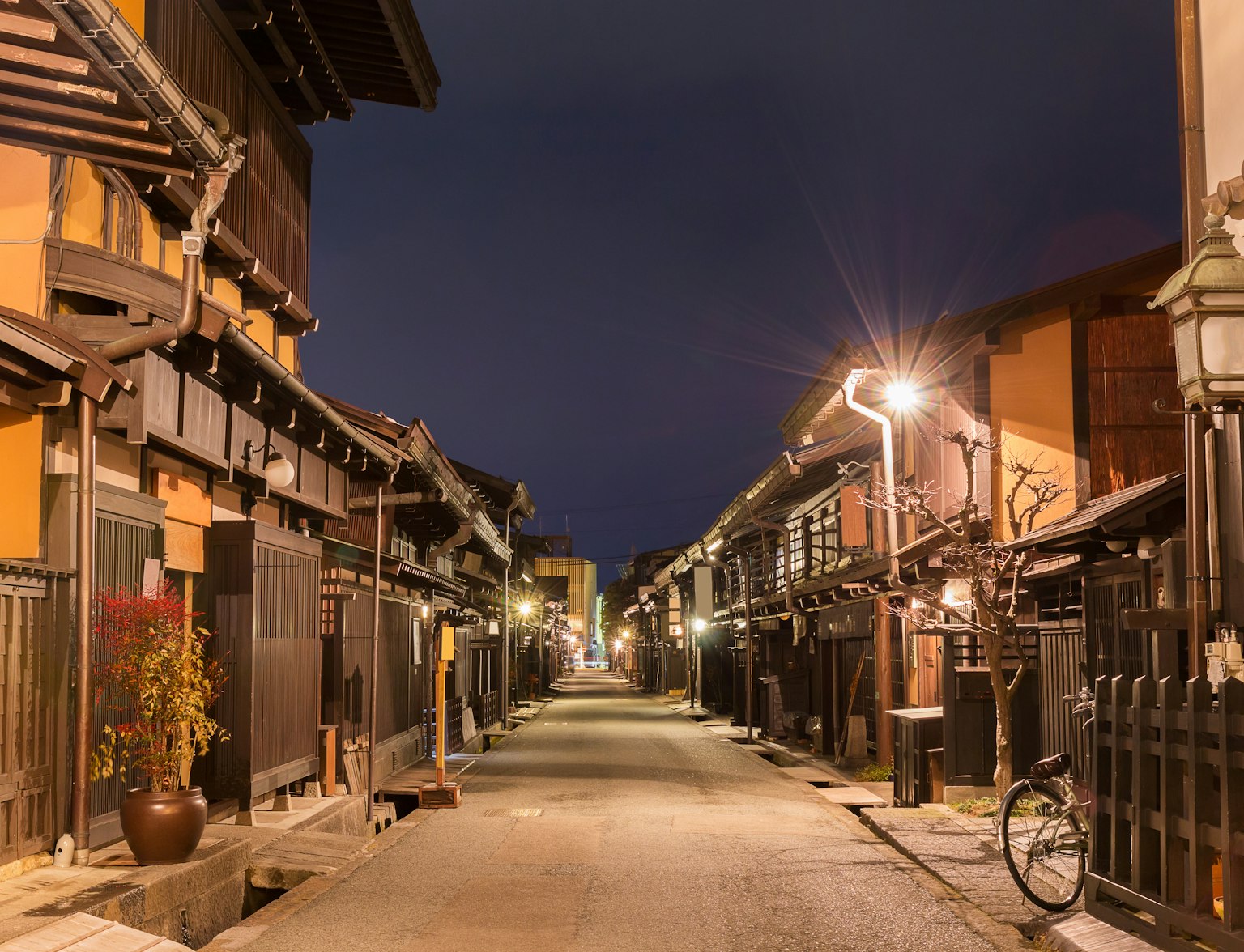
Join our night tour of Takayama and experience the city's charm under the stars.
How to Get There
Reaching Takayama Old Town is relatively straightforward. If you're traveling by train, you can take the JR Takayama Line and arrive at JR Takayama Station, within walking distance of the town.
From Tokyo, a trip via the Shinkansen to Nagoya followed by a local train takes about 4 to 5 hours. If you're coming from Kyoto or Osaka, expect a 3 to 4-hour journey.
Buses are also available from major cities and offer a scenic route through the mountains. Once you've arrived, the town's main streets are easily explored on foot, with most attractions, including the Takayama Jinya, sake breweries, and the Takayama Old Town Museum, just a short stroll away.
Takayama: A Gateway to Japan's Timeless Heritage
Takayama Old Town is more than a popular destination – it's a portal to Japan's rich history and culture. Whether you're marveling at the beautifully preserved historic streets, enjoying the local cuisine at the morning market, or exploring one of the town's many museums, Takayama offers an authentic experience that feels like a step back.
With its blend of Edo-period charm, traditional crafts, and welcoming locals, it's no wonder visitors leave with a deep appreciation for this well-preserved gem in the heart of Gifu Prefecture. Plan your trip today and discover why Takayama produces some of Japan's most cherished cultural treasures.
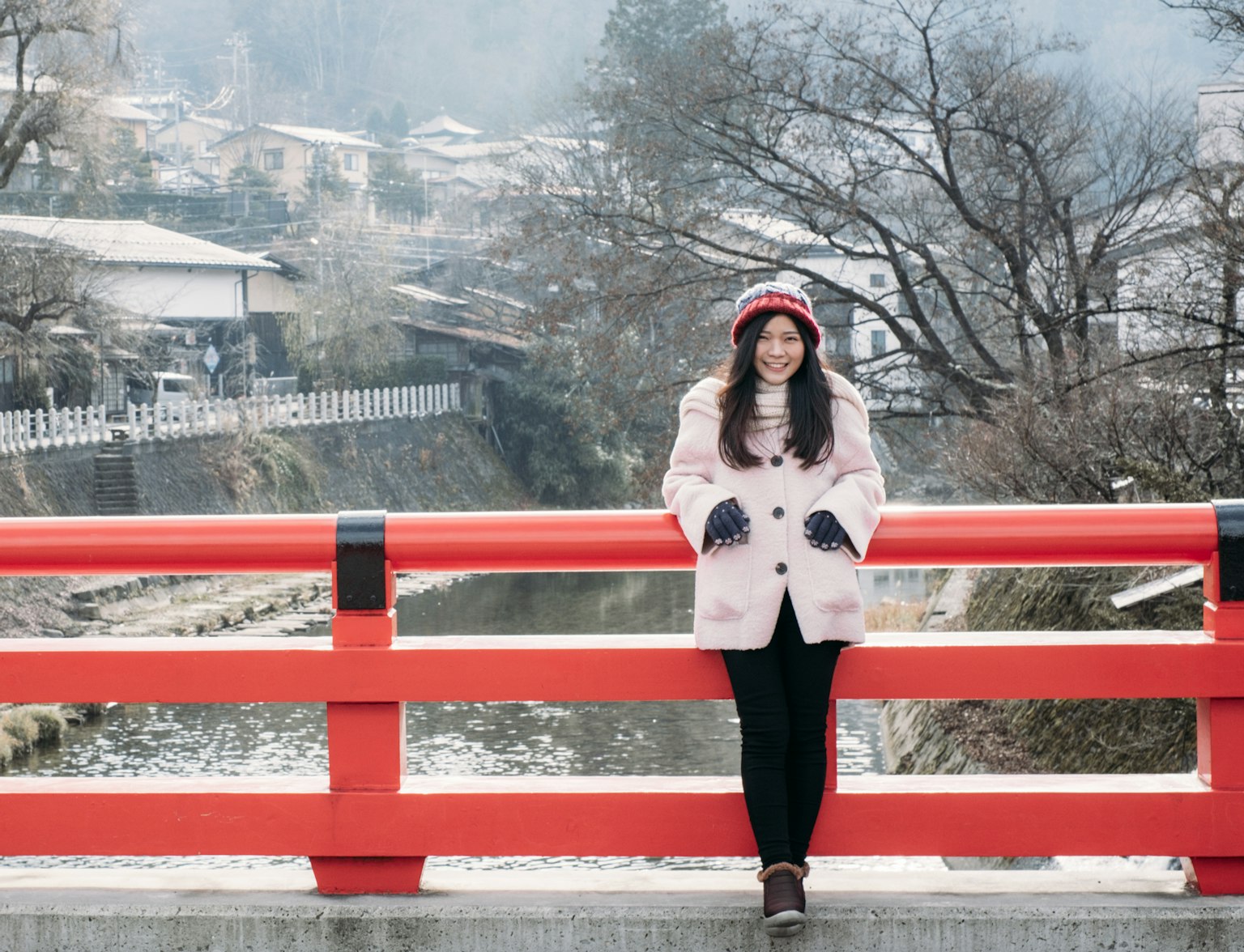
Discover the enchanting city of Takayama with our half day walking tour.



